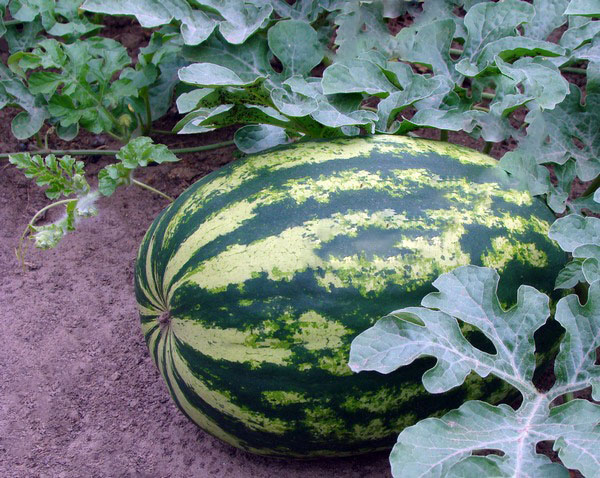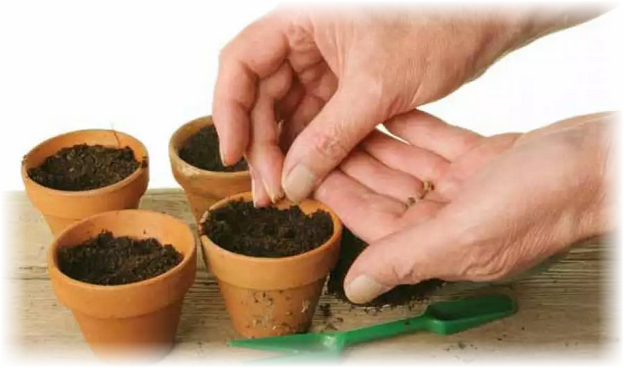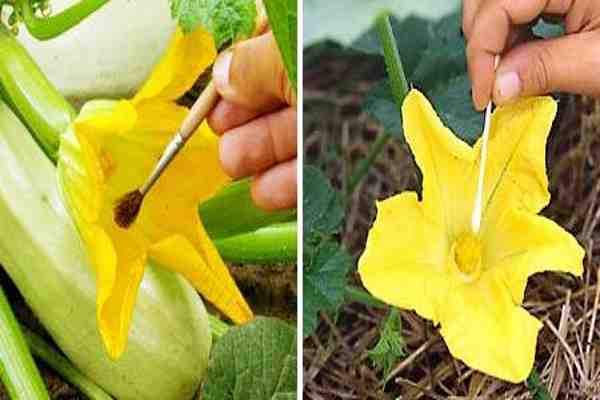Content:
The cultivation of melons and gourds in the garden is possible in almost any region of the country. But before you get down to business, you need to study the basic information on how to properly prepare seeds and seedlings.
Where and how do watermelons grow
In the south of Russia, melons and gourds grow very well, but in the middle lane, in the North and in Siberia, they often lack warmth and sun. You need to plant seedlings in well-heated, open places. In regions with cool summers and cold winters, it is necessary to plant plants in greenhouses.
If you know how to grow a watermelon at home in the garden, you can achieve good results.
Melons and gourds love moist, loose soil. It would be ideal if tomatoes, potatoes, cereals (corn, wheat, oats, rye) and legumes (beans, peas, chickpeas, beans, lentils, soybeans) were previously grown in the beds or in the greenhouse.
The harvest will be good if the bed is built in such a way that the lashes grow vertically. It is most convenient to do this in a greenhouse.
Fertilizing melons is a must. You can buy ready-made fertilizer or prepare it yourself, using phosphorus and potassium to prepare the solution.
How to grow watermelons at home
People who do not have a garden or vegetable garden have no choice but to grow a watermelon at home, on the balcony. Both tomatoes and cucumbers are grown on the balconies. So why not try to grow melons and gourds?
Experienced gardeners know how to plant a watermelon from a stone at home. To do this, you need to choose the largest and best seeds, without cracks. Before planting, the seed must be warmed up in the sun or a battery, then rinsed with a weak solution of potassium permanganate several times. Then wrap in damp gauze or other cloth. Leave the wrapped seeds in a warm place for several days until the sprouts hatch.
After that, you can plant the seed in the ground.
Sprouted seeds are thrown into the ground, in a garden bed or in a greenhouse. But this method is only for southern latitudes.
The seeds are planted in large pots or containers. A large capacity is needed in order not to transplant seedlings later, this is fraught with damage to the roots. As a result, the sprout will develop very slowly or die. Watermelon seedlings have very delicate and sensitive roots.
Pollination of watermelons in the garden
If the flower is not pollinated, the fruit will not grow. It is great if bees, bumblebees and other insects fly into the garden. And if they are infrequent guests or watermelons grow in a greenhouse? Then you can attract bees or pollinate the flowers by hand. Flying insects will be attracted by the sweet smell, you can plant plants or flowers with a pronounced sweet smell next to the melons in advance, or just sprinkle water with sugar or honey on the flowers from time to time.
To pollinate plants manually in a greenhouse or at home, you need to transfer pollen from a male flower to a female flower. This can be done with a brush or cotton swab. Or you can simply pick a male flower and generously shake the pollen over the female one.
Tips & Tricks
It is very important to choose the right type of watermelon for the region For example, for the Leningrad region, you should choose only early ripening varieties, and for southern cities, hybrids are best suited.
It is advised to grow seedlings in places where there is a lot of sunlight and where the humidity is more than 70%. If there is not enough moisture, you should regularly spray water in the room from a spray bottle.
If the bed is located vertically, the fruits should be tied up during their ripening period in order to prevent the lash from breaking.
Following these simple tips and conscientiously caring for the seedlings, it is quite possible at the end of summer to enjoy your own watermelon grown at home or in the garden.















